Bubbly Dynamics Partners with the SPARK Center at DePaul University on the Next Phase of Energy Innovations at The Plant
In spring 2024, Bubbly Dynamics hosted a gathering of engineers, architects, systems designers, and IT specialists for a design charrette to guide our next steps for energy innovation at The Plant. We aimed to flesh out ideas that challenge the status quo—ideas that are bold, pragmatic, and align with Bubbly Dynamics’ mission of critically assessing and transforming how energy and resources circulate within The Plant.
Fast forward to 2025, and the blueprint from that charrette has become the foundation of an exciting new partnership with The SPARK Center at DePaul University, propelling us into the next phase of energy innovations at The Plant.
The SPARK Center specializes in storytelling and data visualization, transforming complex research into accessible, actionable insights. Together, we are developing a cutting-edge energy management system at The Plant to optimize energy consumption, reduce tenant costs, and minimize environmental impact. Our approach involves using the building's 100,000 square feet of infrastructure as a thermal battery, to capture, store, and distribute thermal energy through decentralized heat pumps, refrigeration, process heat loads, concrete, and stormwater storage cisterns. This will optimize energy use by merely moving thermal energy through hydronic systems, significantly reducing reliance on external energy sources.
To enhance efficiency and guide real-time decision-making, the team is also constructing a detailed digital twin of The Plant. This virtual representation will measure thermal and electrical energy flows, indoor/outdoor conditions and trends, and control circulators and heat pumps, while giving us, our tenants, and the general public a useful visualization. By analyzing building performance and fine-tuning system parameters, the digital twin will demonstrate the flow of thermal energy, identify operational inefficiencies, and implement control strategies to minimize energy consumption.
This project holds transformative potential: reducing energy costs for tenants and overall building operations, lowering The Plant’s carbon footprint, and serving as a replicable model for sustainable energy management. By sharing our data through a 3D visualization tool and open-sourcing our approach, we hope to accelerate the adoption of similar systems in other buildings. This transparency will advance sustainable practices and educate the public about efficient large-scale facility operations, contributing to a more resilient and sustainable urban environment.
